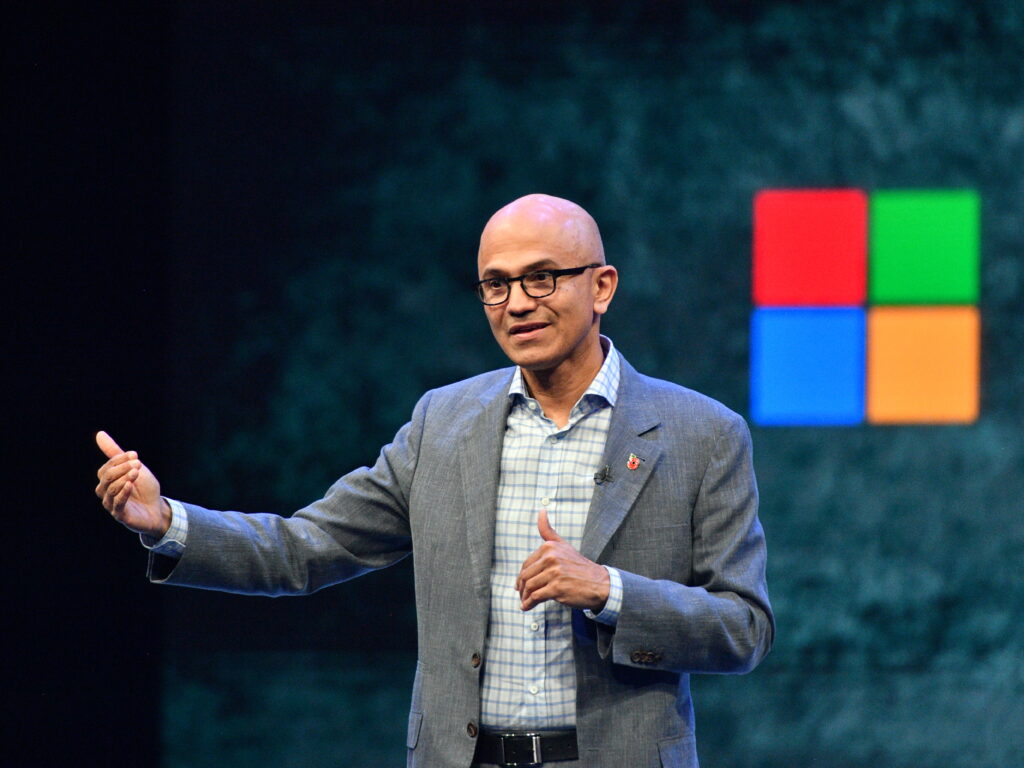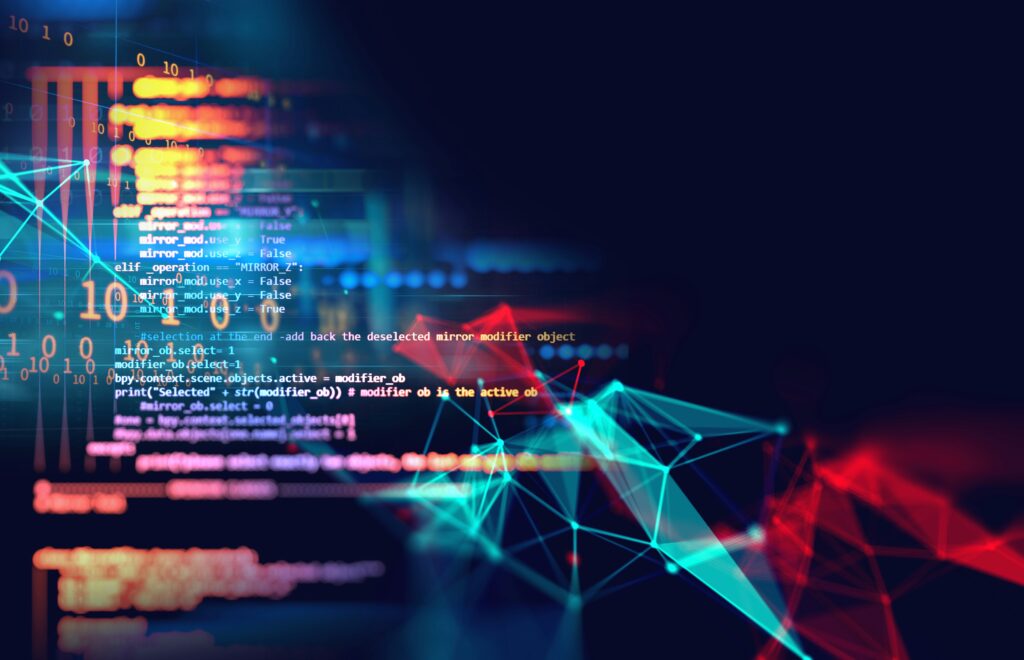
It’s predicted that GenAI will drive $2.6 trillion to $4.4 trillion in economic growth, according to McKinsey, with a significant amount of this stemming from efficiency gains.
While software automations and AI assistants promise to drive productivity across industries, it’s also having a remarkable impact on the process of software engineering itself.
Here, McKinsey predicts that AI-enabled software development will have a transformative impact on software innovation by disrupting the legacy systems that have been used to build new products up until now.
The Rise of AI-Generated Code
One clear example of this in action can be found looking at how eagerly users have flocked to automating coding tools.
According to the most recent Microsoft quarterly report, over 15 million people now use GitHub Copilot.
What’s more, the company itself has been one of the biggest advocates for the use of AI, as demonstrated when Microsoft CEO Satya Nadella divulged that as much as 30% of code in its repository is already written by AI, with plans to push that figure even further.
As with any good product, creating useful and valuable software products takes time. Engineers need to go through discovery to understand what solution customers in a particular sector or demographic need, build prototypes that go through multiple iterations before the refined product can be tested and launched.

Using AI to generate code relieves just a small fraction of the overall tasks that software teams work on throughout the entire Product Development Lifecycle (PDLC). This means its impact on productivity will be limited.
However, industry experts are working to deliver novel AI tools and solutions that provide comprehensive support from start to finish.
An AI-Powered Engineering Workbench
ATONIS is an AI-powered engineering workbench from Ness Digital Engineering (Ness). Instead of having to leverage a range of disparate automation tools, the solution has been built to support every stage of the PDLC and the common pain points that developers come up against.
In particular, the platform combines intelligent automation, real-time insights, and smart copilots and applies these at every step of the process. Key capabilities include the ability to auto-generate user stories to support the creation process, and early-stage design can then be accelerated thanks to an analyzer that evaluates codebases and generates wireframes and blueprints.
When it comes to testing and deployment, the platform can also build and run test cases to automatically make improvements, while its DevOps Automation enables the self-service setup of CI/CD pipelines. Via the solution, the workbench can reduce manual efforts by up to 50%.
By doing a significant amount of the heavy lifting, the solution is looking to bring this intelligent automation solution to boost innovation across the software industry by allowing engineers to focus on creative tasks.
It also promises to accelerate delivery timelines, putting new features and products into the hands of users ahead of the competition and ensuring faster go-to-market for critical products.
Tackling Updates and Security with AI
We’re also seeing a rise in AI-powered solutions built to help software developers keep pace with the number of checks and updates that software teams are tasked with.
Companies have a duty to maintain software apps and products. This means teams need to continuously monitor existing codebases and apply updates to fix compatibility issues that emerge over time or patch new security vulnerabilities.
This represents another significant drain on productivity that is also becoming unsustainable to do manually due to the complexity of modern software engineering practices.
One example can be found with DeepSource’s DevSecOps platform.
Here, AI is being leveraged to locate and fix any vulnerabilities before code is merged into production and help developers maintain quality and security standards across huge volumes of new and third-party codebases.
Another example is with Signadot, which offers a way to automate API testing and updates.
Innovation in a Digital-First World
According to recent report, over 90% of software developers already use AI tools, both inside and outside of the office.
As software innovation becomes the new competitive edge, AI’s role within the industry is set to become indispensable, helping companies accelerate go-to-market speeds and build innovative products.





